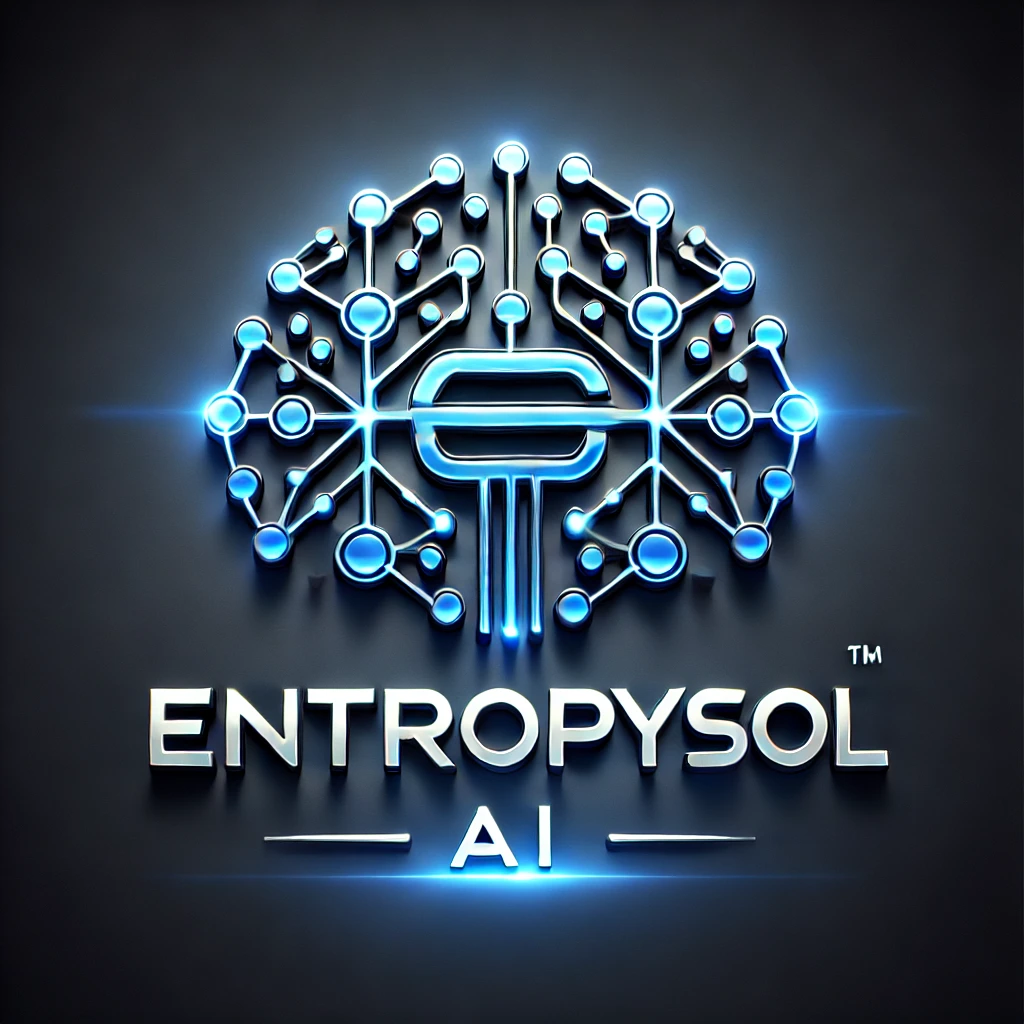Tag: PyTorch
-
Master of Control: Understanding Proximal Policy Optimization (PPO)
In the dynamic world of Reinforcement Learning (RL), an agent learns to make sequential decisions by interacting with an environment. It observes states, takes actions, and receives rewards, with the ultimate goal of maximizing its cumulative reward over time. One of the most popular and robust algorithms for achieving this is Proximal Policy Optimization (PPO).…
-
DPO: The Optimal Solution for LLM Alignment
Aligning large language models (LLMs) with complex human values is a grand challenge in artificial intelligence. Traditional approaches like Reinforcement Learning from Human Feedback (RLHF) have proven effective, but they often involve multi step processes that can be computationally intensive and difficult to stabilize. Enter Direct Preference Optimization (DPO), a revolutionary method that provides an…
-
Teaching AI What’s Good: Understanding Reward Model Training
Large language models (LLMs) have achieved incredible feats in understanding and generating human-like text. However, their initial training primarily focuses on predicting the next word, not necessarily on being helpful, harmless, or honest. This is where Reward Model training comes into play, a critical step in aligning LLMs with nuanced human values, typically as part…
-
Low Rank Adaptation with Hugging Face and PyTorch
Training colossal artificial intelligence models, especially the mighty large language models or transformers, is a resource intensive endeavor. While fine tuning these pretrained models on specific tasks is incredibly powerful, updating every single weight can be a memory hungry and time consuming process. Enter Low Rank Adaptation (LoRA), a brilliant technique that makes fine tuning…
-
Elevating AI: Fine-Tuning with PyTorch
You have a powerful pretrained artificial intelligence model ready to tackle complex language or vision tasks. But how do you make it excel on your specific, niche data? The answer lies in fine tuning, a technique that adapts these general purpose giants to your unique needs. When it comes to building and refining these intelligent…
-
Beyond Single Words: Exploring N Grams as Neural Networks with PyTorch
When we think about artificial intelligence understanding language, often complex neural network architectures come to mind. But what if we could capture some of the essence of language understanding with simpler building blocks? Enter N Grams. These sequences of N consecutive words can surprisingly form the basis of rudimentary neural networks built with the flexibility…
-
Mastering the Art of Training Neural Networks in PyTorch
Building powerful artificial intelligence models often feels like magic, but at its heart lies a systematic process of training. If you are diving into deep learning, PyTorch stands out as an incredibly flexible and user friendly framework. Understanding how to effectively train a model in PyTorch is a fundamental skill. It is where raw data…
-
Mastering Modern AI: A Guide to Using Hugging Face Frameworks
In the rapidly evolving landscape of artificial intelligence, accessing and deploying state-of-the-art models can often be a complex undertaking. This is where Hugging Face steps in, democratizing advanced AI with its powerful and user-friendly frameworks. Renowned for its Transformers library, Hugging Face has become an indispensable platform for developers and researchers working with natural language…
